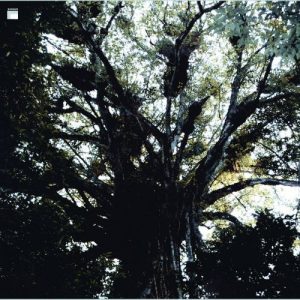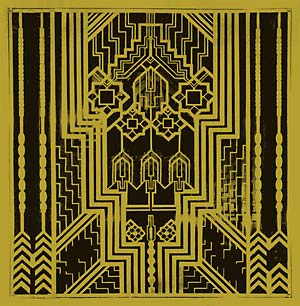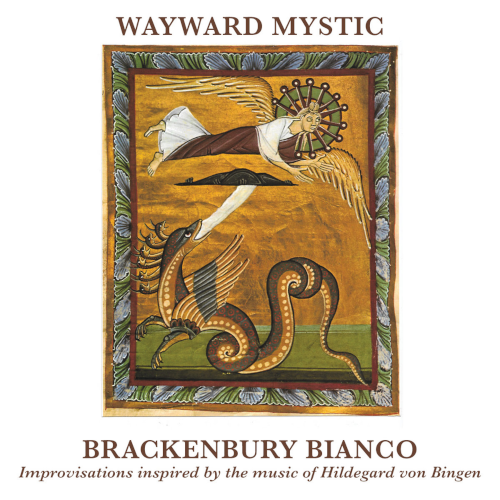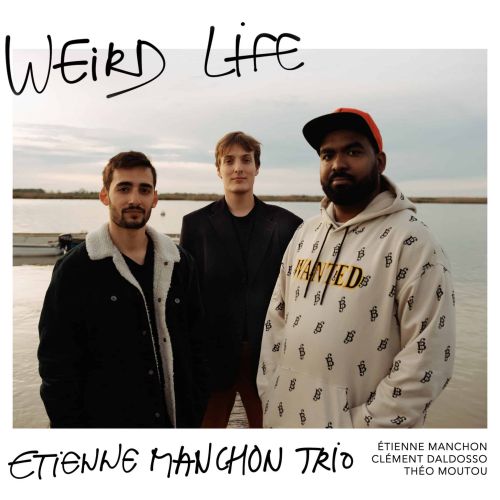 The basic premise behind this album is the use of Jo David Meyer Lysne‘s self-designed e-bows on guitar strings to produce naturally occurring random harmonics.
The basic premise behind this album is the use of Jo David Meyer Lysne‘s self-designed e-bows on guitar strings to produce naturally occurring random harmonics.
As the e-bows have adjustable speeds, so the results are infinite due to other overtones created by the different resonances. There is an element of patience demanded of the player, but the end result is an absolute ever-evolving delight and when allied to Peder Simonsen‘s microtonal tuba, modular synth and pyrex bowls, the range of tones is pretty impressive.
Along with the guitar results, separate parts were written for other horn instruments and some very understated percussion from label boss Ingar Zach, but these barely intrude on the variety of sounds that emerge from a glorious æther. The slowly revolving tones produced are oddly elusive, with the occasional percussive pop focussing the sound and briefly grounding it before it emerges.
As two disparate tones merge, so we find ourselves following one, the other following us like a diffident shadow until that becomes the focus and the other takes its place. It feels like the aural equivalent of the two images of a stereoscope. When heard singly, they present a flat tone; but when listened to in unison, a richer three-dimensional sound appears. It is a free drift of sound, untethered and eternally changing, with micro-shifts of tone seeping through, affecting the overall thread and then subsiding again to be replaced by more. The pieces move through phases and with the addition of the tuba, so a real depth is added like a shroud being drawn back and a deep ocean suddenly opening before us, stars reflected in its undulating surface. As the tuba dives lower, so the glissandos spiral up, their reflections in constant flux.The air changes with the addition of a rapid incessant rhythmic tone and tension starts to brew, the sharp, veering drones less at ease. Things are a little more vibrant here, more textural yet also more eerie, especially when the rhythm drops out and we are left alone with the sounds. As the album progresses, the tones sound more like feedback, wilder and more sculptured as the lower register rattles the speakers, banging like a gong. As it circles around, with each rotation the perspective changes minutely, little overtones appear and disrupt but always moving on.
I considered similarities with Brian Eno‘s recent algorithmic tone experiments but; where they are flat and sterile, on Spektralmaskin it teems with the randomness of life and with the interjections of the other players, it is an ever-evolving series; one which I would have ben happy to listen to for hours. Full marks for the idea, but also for the end result which seems to change with every listen.-Mr Olivetti-



